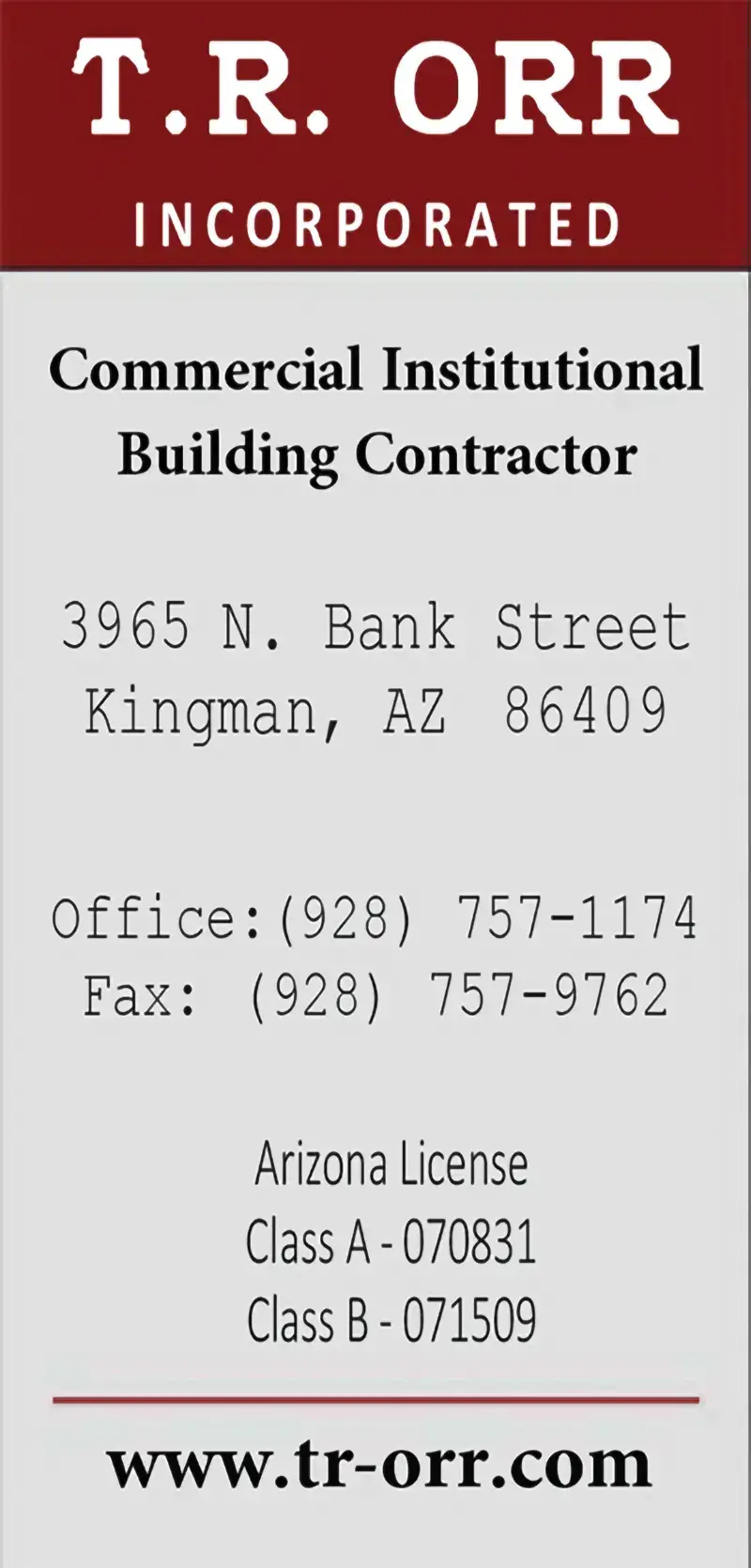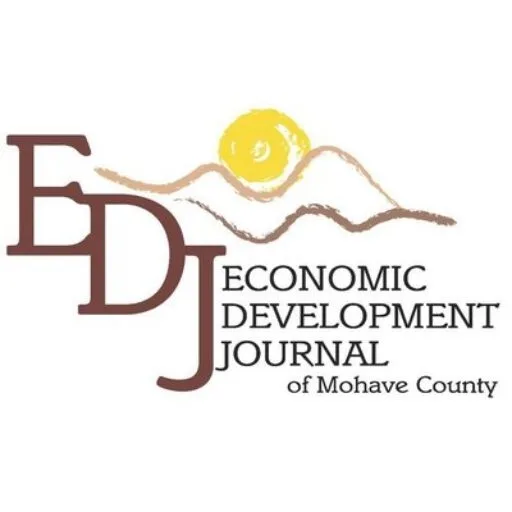ARIZONA – A December 2024 report from the Arizona Auditor General’s Office has revealed significant shortcomings in the emergency preparedness of schools across the state. After evaluating Emergency Operations Plans (EOPs) at 47 schools in 14 counties, the report found that none met Arizona’s minimum standards. These deficiencies have raised serious concerns about student safety and highlighted the need for immediate action.
The report identified common failures among the reviewed schools, including incomplete risk assessments, unclear roles for staff during emergencies, and inadequate crisis management procedures. Alarmingly, none of the schools had fully implemented or tested their plans, leaving theoretical frameworks unproven. Regular drills and collaboration with local emergency responders, both critical to effective crisis response, were also notably absent.
Scott Swagerty, director of the school audits division, expressed concern over the findings. “Obviously, the plans have been required for schools since 2001, so more than 20 years they’ve been required,” he said. “However, it’s clear that compliance has not been achieved.”
In Mohave County, the challenges are particularly acute. The Mohave Valley Elementary School District (MVESD) is grappling with the need to adapt its emergency plans to specific local risks, such as flooding and wildfires. A district official emphasized the importance of tailoring their approach, saying, “Our primary concern is ensuring that our EOPs are robust enough to handle the specific natural disasters we face.”
Meanwhile, the Bullhead City School District (BCSD) has cited funding limitations as a major obstacle. The district’s representative explained, “Limited funding makes it difficult to conduct the necessary drills and infrastructure improvements.” The Colorado River Union High School District (CRUHSD) faces its own challenges, particularly in fostering closer collaboration with local emergency responders. “We need to work more closely with our local emergency services to ensure our plans are effective,” said a CRUHSD administrator.
These district-specific issues reflect broader statewide concerns about emergency preparedness. The report noted that most EOPs failed to meet even half of Arizona’s minimum requirements, with some schools lacking any operational plans at all. This unpreparedness leaves schools vulnerable to a range of potential crises, from natural disasters to active shooter scenarios.
The lack of practical implementation and testing further compounds the problem. Without regular drills or collaboration with first responders, the plans remain theoretical and ineffective. The report stated, “Most schools we visited had not conducted all required safety drills or posted certain safety reference materials, which could affect their preparedness to respond to emergencies.”
Another major issue highlighted in the report was the absence of sufficient guidance and oversight. The Arizona Department of Education (ADE) and Arizona Division of Emergency Management (ADEM) have provided limited support to schools, leaving many without clear instructions or resources to develop effective EOPs. Unlike other states, Arizona does not have a monitoring system to ensure compliance, creating a significant gap in accountability.
In response to these findings, the Auditor General’s report proposed several recommendations. It urged ADE and ADEM to provide more detailed guidance to schools, along with regular audits and support to maintain compliance. Collaboration with local law enforcement and emergency responders was also emphasized as a critical step to ensure plans are practical and actionable. The report also stressed the importance of inclusive planning to address the needs of all students, including those with disabilities, to create equitable safety measures.
Superintendent Tom Horne of ADE acknowledged the challenges and the need for additional resources. “We do not have the authority to ensure compliance. Schools are a local control state, so we can provide information, but enforcement requires additional resources,” he said. State Rep. Charles Lucking emphasized the need for legislative intervention, stating, “Schools are 100% committed to making their campuses safe. The disconnect is what the state requires versus what schools are implementing. Bridging this gap is essential.”
The Arizona State Board for Charter Schools has also called for a centralized process to monitor compliance. Ashley Berg, the board’s executive director, said, “We believe it is appropriate for a state-centralized review process to be established to monitor whether EOPs meet the required minimum standards.”
The Auditor General’s findings underscore the urgent need for Arizona schools to improve their emergency preparedness. Addressing these deficiencies will require coordinated efforts from educational authorities, local governments, and the community. Enhancing guidance, implementing regular monitoring, and fostering collaboration with emergency responders are vital steps to ensure the safety and well-being of students and staff.
As Arizona works to address these challenges, the report serves as a stark reminder of the importance of effective emergency planning and continuous improvement in school safety measures. The safety of students and staff must remain a top priority, with all stakeholders working together to create and maintain robust Emergency Operations Plans.
–Jeremy Webb
- Sat, 5 April 2025








